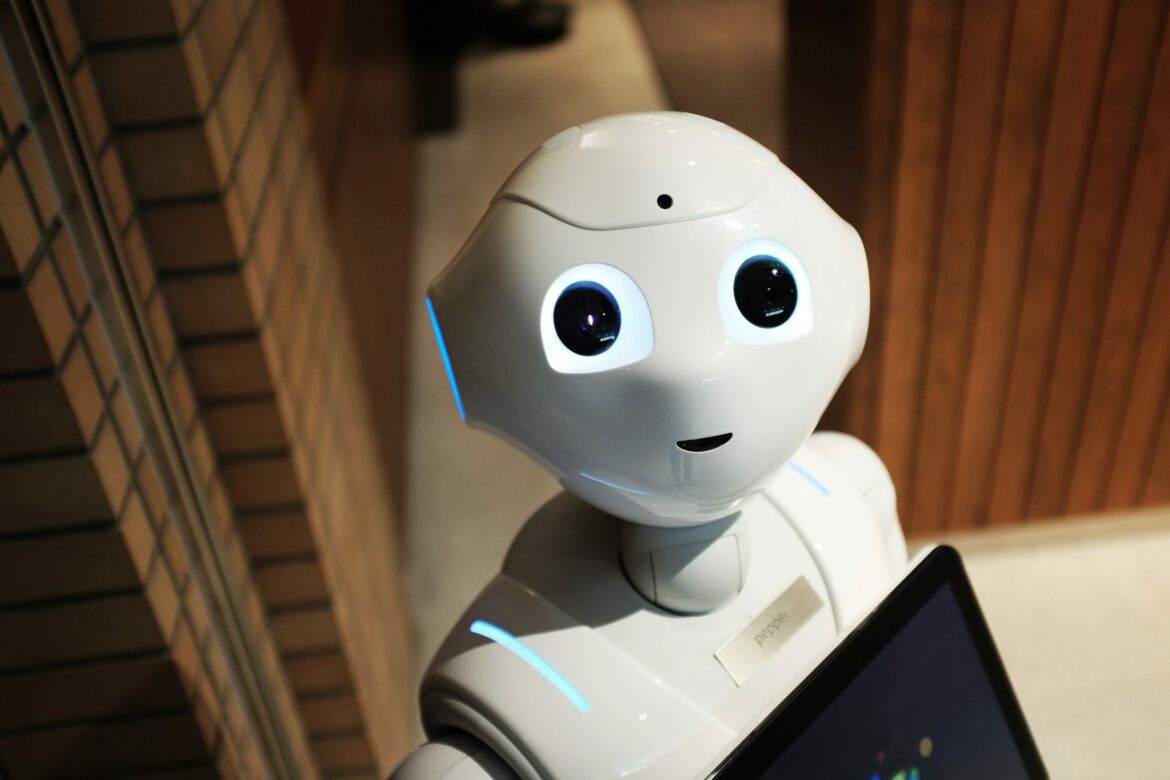Machine Translation on the Rise – How to Make the Best Use of It?
Posted in Blog


With the significant improvements of online machine translation technologies and platforms, it is tempting for many to use them to replace human translators. One of the benefits of using machine translation, of course, is saving translation costs. However, can we really trust machine translation? Also, how can we make the best use of it?
Machine Translation (MT), also known as Computer Aided Translation (CAT), refers to fully automated software which have been specifically designed to translate mostly written texts from one language into target languages. In the face of rapid globalization, such services have become invaluable.
Machine Translation enables global enterprises to translate content at scale using different computer localization platforms – Trados, Wordfast Anywhere, to name but a few. When cost is a crucial factor and companies looking to lower their translation expense, machine translation can help.
Machine translation is often seen as a perfect solution to translate vast amounts of information involving millions of words, and the content does not require translation precision. Also, machine translation helps to speed up the process by offering translated content in a matter of seconds. Other advantages of machine translation are listed below:
Nevertheless, machine translation must be used with caution, especially for formal and official content. First of all, machine translation cannot offer accuracy on a consistent basis. The quality of MT output can vary considerably as most MT systems can only provide word to word translation without comprehending the information. It can sometimes cause a lot of trouble. Moreover, after the completion of machine translation, you have to spend time to edit and correct the translated content manually. In some case, you will find it can be even more troublesome than using human translators.
It is obvious that machine translation is not going to replace professional human translators anytime soon. Yet, for businesses that are looking for a low-cost solution for their large volumes of content, or for global companies that pair it effectively with human translation efforts, they can make the best use of it and achieve the results they desired.
Twitter: www.twitter.com/X_CreativeMedia
Facebook: www.facebook.com/xcreativemedia
Instagram: www.instagram.com/xcreativemedia

